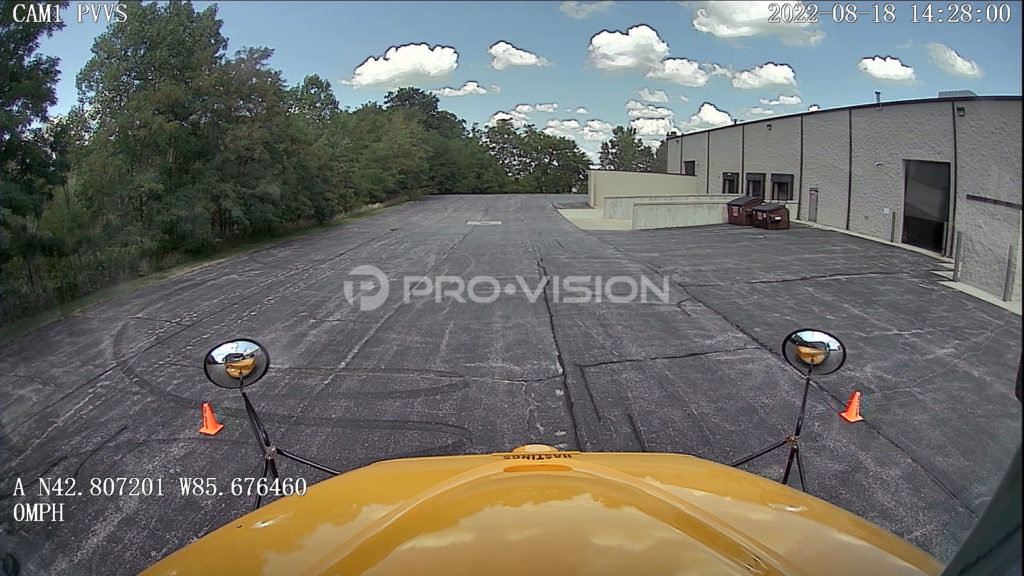
Why HD is Vital for Video Recording Systems
Of all the features available for video recording systems for your vehicles, true 1080p HD video recording is one of the most important features.
Making the decision to install video recording systems on your fleet vehicles can be a complicated one.
You’ll soon start asking yourself:
- What kind of cameras do I need?
- What kind of storage do I need?
- Will I need a system that tracks GPS?
While there are many features you need to consider when finding the right video system for your needs, there is one feature that is arguably the most important one to consider – the video quality.
Why is it so important to find a video recording system with top-notch video quality?
Here are a few reasons why:
Crucial Details
If you’re investing in video recording systems on your fleet vehicles, it’s because you want a video record of everything happening in and around your vehicle. It’s especially important for that video record to provide as much detail as possible – and that’s why it’s so important to place a premium on video quality when purchasing video recording systems.
Whether you’re trying to see what your driver is doing in the cab of their tow truck or if you’re monitoring children on a school bus, a system recording in 1080p HD resolution is going to provide clearer details than at 720p resolution.
For example, let’s look at a case where a student makes a claim that they’re getting bullied on the school bus.
A video recording system recording in standard definition can produce grainy footage that won’t provide the details you need to prove or refute that claim. But if that same video was recorded in 1080p resolution, you will have a much clearer picture that would allow you to make out important details – like faces – that could be the definitive proof that corroborates a claim.
Use in Legal Cases
Building off the previous point, if any video recorded by your systems will potentially be used in a legal capacity, you need to have the best video quality possible if that video comes to be the deciding factor in any such case.
In a recent article by Steve Paxton, a detective for the forensics investigations unit at the Everett (Wash.) Police Department, Paxton said his department has recovered 22,334 videos from surveillance systems for evidence purposes – and that’s just through June 30 of this year.
If that much video evidence is being used by a single department in about half of a year, you can only imagine how much video evidence is being used across the world.
For any video that’s going to be used in any legal capacity, it’s vital that the video recorded is of high quality because those extra details and clarity could prove whether someone was guilty or innocent.
As an example, you could have a case where a citizen who was pulled over for a driving offense has filed a complaint against the police officer because they claim the officer was hostile and spit at them.
If that video was recorded on an in-car video recording system in standard definition, it would be hard to see if that actually happened if the footage is grainy. But if that same footage was recorded in 1080p HD resolution, you could clearly see if the officer actually did that due to the extra detail the higher-resolution video provides. If the video could definitively prove the officer did no such thing, the police department could save itself a lot of time and money – in addition to avoiding a public relations nightmare – as the video would quickly disprove that false claim.
False Advertising
Have you ever seen an advertisement for a product that claims to provide top-of-the-line features but when you buy it, you unfortunately find out that was a case of false advertising?
If you haven’t, consider yourself in the minority.
When you’re researching video recording systems, you’ll come across vendors promising things like 4K Ultra HD recording or “the best” video quality on the market. But when you get those systems, you’ll quickly find out there is a stipulation to that claim.
Maybe only one camera can record in 1080p but the rest of the cameras record in standard definition (480p). Or perhaps the company claims to record in “True HD” but it can only go as high as 720p resolution – which is the bottom level of HD resolution. Or it could be that the cameras record in 1080p HD, but the DVR unit can only record up to 720p resolution so you’re not tapping into the full recording capabilities of your cameras.
It’s important for you to ask vendors as many question as possible in regards to what the true recording capabilities of their video recording systems are. Better yet, ask for sample video from those systems to see it for yourself.
There are a lot of claims of having the best video quality available, but it’s important for you to cut through the noise and get the real story on what you’re paying for when it comes to video quality.
Conclusion
Looking for video recording systems that record in 1080p HD? Take a moment to see how Pro-Vision video recording systems for transit, law enforcement and commercial vehicles record in true 1080p HD resolution to provide all the important details.